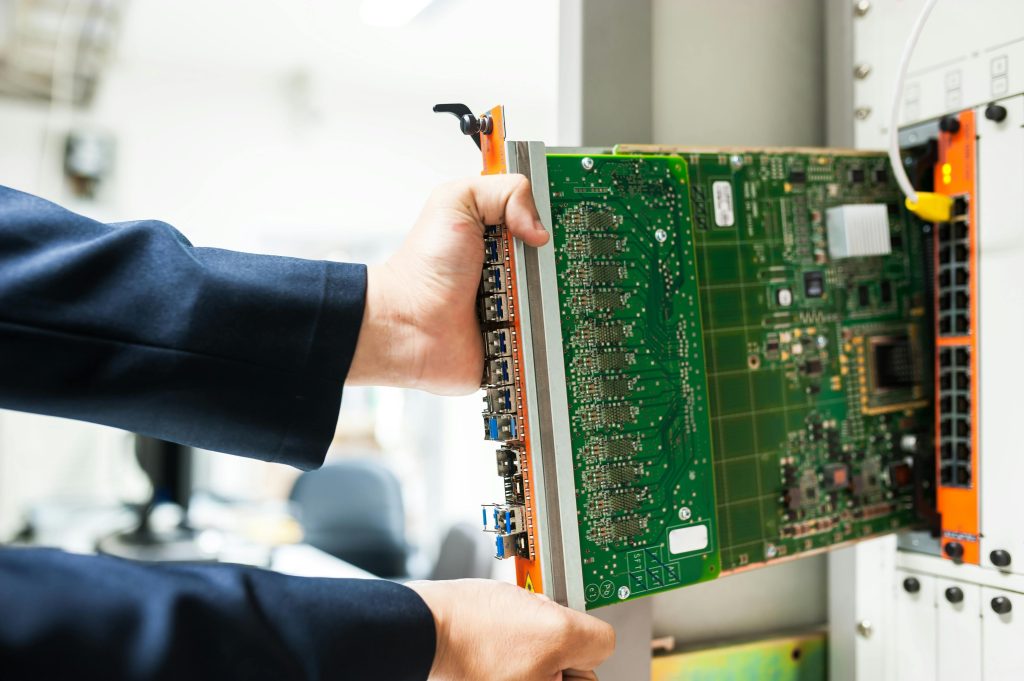Understanding and Resolving Second Screen Wake-Up Issues After PC Relocation
Relocating a computer setup can sometimes introduce unexpected hardware challenges, particularly with peripheral devices like monitors. If you’ve recently moved your gaming or work station to another room and are experiencing issues with your second monitor not displaying content immediately after startup, you’re not alone. This article explores potential causes and solutions for a common problem: the second monitor remaining black or displaying “no source” until manually turned on or reset.
Identifying the Issue
Many users notice that their secondary monitor does not “wake up” automatically when powering on the PC in a new environment. Typically, this manifests as a black screen or a “no source” message until the monitor is turned off and back on, or until the source button (input select) is pressed. This suggests that the monitor isn’t recognizing that it needs to wake up and display the input from the computer automatically.
Common Factors and Troubleshooting Steps
-
Check Monitor Settings (OSD Menu):
Inspect the monitor’s On-Screen Display (OSD) menu for any power-saving or auto-wake settings. Ensure features like “Energy Saving,” “Auto Power Off,” or “Input Detection” are configured to allow automatic response to signal detection. -
Verify Cable and Connection Integrity:
Since you are using the same type of cable and source mode as before, and the monitor functions correctly after manual intervention, cable damage is less likely. Still, ensure that the cable is securely connected and undamaged. If possible, test with a different cable or port to rule out port-specific issues. -
Assess Power Settings in Windows:
Although Windows 10 provides basic display power management options, ensure that your system’s display settings are configured to enable proper detection and wake-up behaviors. Check “Display settings” and “Advanced Power Settings” to confirm that “Turn off display after” and “PCI Express → Link State Power Management” are set appropriately. -
Graphics Driver and Display Driver Updates:
Outdated or incompatible graphics drivers can cause display detection issues. Visit the GPU manufacturer’s website (NVIDIA, AMD, Intel) to download and install the latest drivers compatible with your system. -
Monitor Firmware or Driver:
Some monitors have firmware updates or require specific drivers. Check the manufacturer’s website for any firmware updates or driver recommendations that might improve input detection and auto-wake functionality. -
**Input Signal Detection and Configuration
Share this content:



